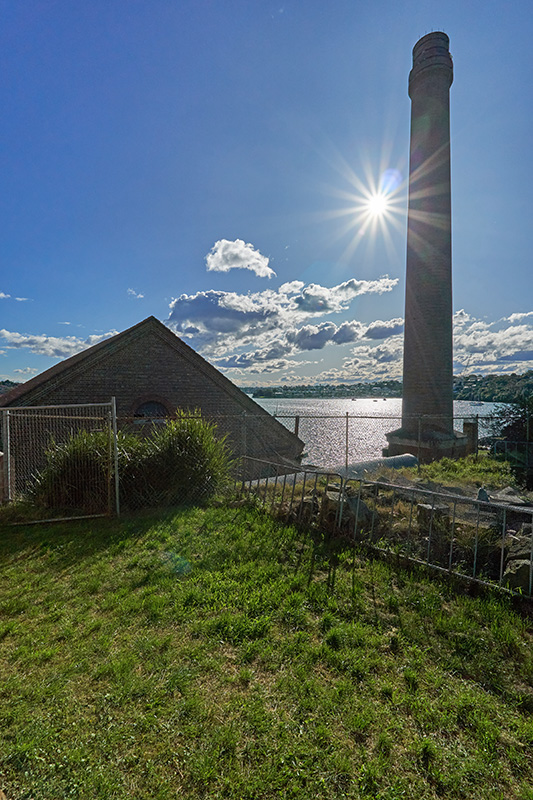|
Sony E 11mm f/1.8 - Review Test report - Analysis |
|
Lens Reviews -
Sony Alpha/NEX (APS-C)
|
|
Page 2 of 3

Distortions
Let's start with a (usually hidden) Achilles heel of the lens - image distortions. It produces a native barrel distortion of a WHOPPING 8%. That's about as extreme as it gets short of a fisheye lens.
However, Sony doesn't even allow you to shoot JPEGs without applied auto-correction, in which case the distortions are negligible. Please note that this is a lossy procedure, though.
Vignetting
Extreme image distortions are also an indicator for heavy vignetting in RAW images - and yes, it shows. In fully uncorrected images, the light falloff is extreme (3EV) at f/1.8. At f/5.6, it's still more than 1EV (f-stop).
While this wouldn't be all that unusual ... if it was a full format rather than an APS-C lens ... it's another indication that the lens just isn't meant to be used without auto-correction.
Even with activated auto-correction, the vignetting is visible at 1.45EV @ f/1.8. However, the issue is mostly gone from f/2.8 onward.

MTF (resolution)
For the MTFs analysis, we didn't bother with RAW files this time but used corrected JPEGs instead. It's just not realistic to assume that many users will use the lens without distortion correction. However, despite the lossy correction, the results are actually pretty good for a lens this wide. The center quality is great straight at f/1.8, and the near-center performance is still very good to excellent. The outer image field takes a hit, of course, but it still manages to reach good to very good results. Stopping down improves the center a bit until f/4, whereas the improvement is fairly negligible in the image borders/corners. Diffraction effects set in from about f/8. f/11 should be avoided for this reason.
The field curvature is marginal. The centering quality of the tested sample was good.
Please note that the MTF results are not directly comparable across the different systems!
Below is a simplified summary of the formal findings. The chart shows line widths
per picture height (LW/PH) can be taken to measure sharpness.
If you want to know more about the MTF50 figures, you may check out the corresponding
Imatest Explanations

Chromatic Aberrations (CAs)
Lateral CA (color shadows at the image borders) are well controlled, with an average pixel width of around 0.6px at the image borders. Remember that lateral CAs can be corrected without side effects, so there's little to worry about in real life.

Sun Stars
Sun stars are an aperture effect when shooting strong light sources. Fully open, the aperture is circular, and spotlights are just rendered as a bright blob. The more you stop down, the aperture shape is getting edgier - and sun stars are getting more pronounced as well.
The example below shows an extreme scene (heavily process. Normally, you wouldn't take such a shot anyway) illustrating the effect at f/8. You can count 14 rays - which relates to the seven aperture blades used in the lens. In this case, they have a fan-like structure. While not ideal, this is still pleasing here. You may also notice that there is comparatively little flare in the scene.

|